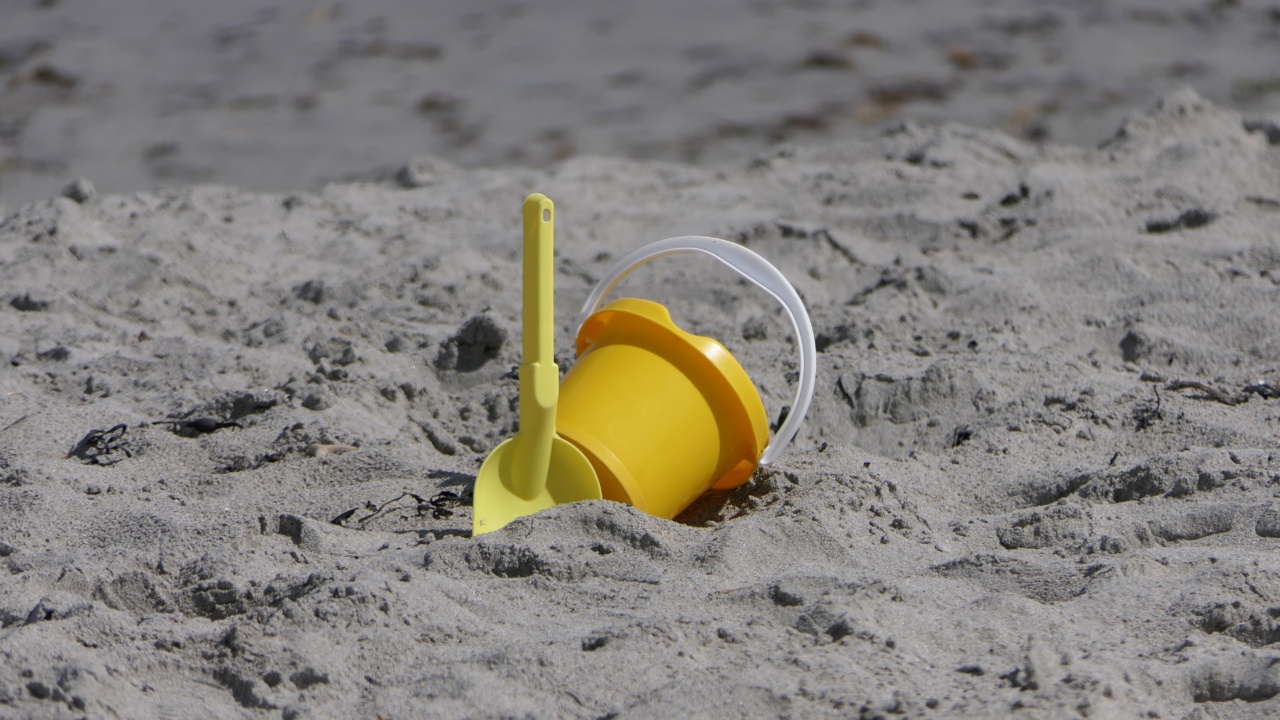Cholesterol is a vital component of cellular membranes and plays a crucial role in various physiological processes, including cell signaling, ion transport, and membrane fusion.
However, recent studies have shown that excessive cholesterol intake and its accumulation in cells can promote viral infections by altering the lipid composition of cellular membranes and affecting viral entry, replication, and release. Here, we will explore the role of cholesterol in promoting viral infections and discuss the implications of these findings for the development of antiviral therapies.
Cholesterol and Viral Entry
The entry of viruses into host cells is a complex process that involves binding to specific receptors on the cell surface, membrane fusion, and internalization of the virus into the cytoplasm.
Cholesterol plays a critical role in this process by affecting the fluidity and organization of cellular membranes, which can influence the conformation and activity of viral receptors and fusion proteins.
For instance, the envelope glycoprotein of hepatitis C virus (HCV) binds to the low-density lipoprotein receptor (LDLR) on the cell surface, which is enriched in cholesterol and plays a crucial role in HCV entry.
Studies have shown that reducing cholesterol levels in cells can impair HCV entry by altering the distribution of LDLR and disrupting the interaction between the virus and its receptor.
Similarly, cholesterol depletion has been shown to impair the entry of other viruses, including human immunodeficiency virus (HIV), influenza virus, and coronaviruses, by affecting the localization, trafficking, and function of key viral entry factors. These findings suggest that targeting cholesterol metabolism and membrane composition could be a novel strategy for blocking viral entry and reducing the risk of viral infections.
Cholesterol and Viral Replication
Once viruses enter host cells, they hijack the cellular machinery to replicate and produce new viral particles.
Recent studies have shown that cholesterol levels in host cells can affect the efficiency and kinetics of viral replication by modulating the biophysical properties of cellular membranes and the activity of viral enzymes.
For example, dengue virus (DENV) replicates in the endoplasmic reticulum (ER) membrane, which is enriched in cholesterol and other lipids.
Studies have shown that manipulating cholesterol levels in ER membranes can alter the morphology and stability of viral replication complexes and affect the viral RNA synthesis and assembly. Moreover, inhibiting cholesterol synthesis or uptake in cells can reduce DENV replication and prevent the release of infectious viral particles.
Similarly, cholesterol accumulation in cells has been shown to enhance the replication of other viruses, such as hepatitis B virus (HBV), human cytomegalovirus (HCMV), and human papillomavirus (HPV), by promoting the lipid raft formation and the recruitment of viral proteins to these microdomains. These findings suggest that targeting cholesterol metabolism and membrane organization could be a promising approach for inhibiting viral replication and reducing the viral load in infected individuals.
Cholesterol and Viral Release
As viral replication proceeds, new viral particles are assembled and released from the host cells to infect new cells and propagate the infection.
Recent studies have shown that cholesterol levels in host cells can modulate the assembly and release of viral particles by affecting the organization and dynamics of the cellular membranes.
For instance, cholesterol depletion has been shown to impair the assembly and release of HIV particles by reducing the size and stability of the viral protease cleavage site and disrupting the interaction between viral proteins and cellular membranes.
Similarly, cholesterol accumulation has been shown to enhance the production and release of hepatitis B and C viruses by promoting the formation of cytoplasmic lipid droplets and the transportation of viral particles to the cell surface.
These findings suggest that targeting cholesterol metabolism and membrane dynamics could be a potential strategy for interfering with viral particle assembly and release and reducing the spread of viral infections in populations.
Implications and Future Directions
The role of cholesterol in promoting viral infections has important implications for the development of antiviral therapies and vaccines.
By targeting cholesterol metabolism and membrane composition, researchers can potentially block viral entry, replication, and release and reduce the risk of viral infections in individuals and populations.
Moreover, understanding the interplay between cholesterol and viral infection can help to elucidate the mechanisms of viral pathogenesis and identify new drugs and targets for antiviral therapy.
For example, inhibiting the enzymes involved in cholesterol synthesis or uptake, or targeting the lipids and microdomains that are essential for viral replication and assembly, could be a promising approach for developing broad-spectrum antiviral drugs that can target multiple types of viruses.
In conclusion, cholesterol plays a critical role in promoting viral infections by affecting the lipid composition and organization of cellular membranes and modulating key stages of the viral life cycle.
Further research is needed to elucidate the molecular mechanisms underlying this interaction and identify new targets and strategies for controlling viral infections in humans.




























